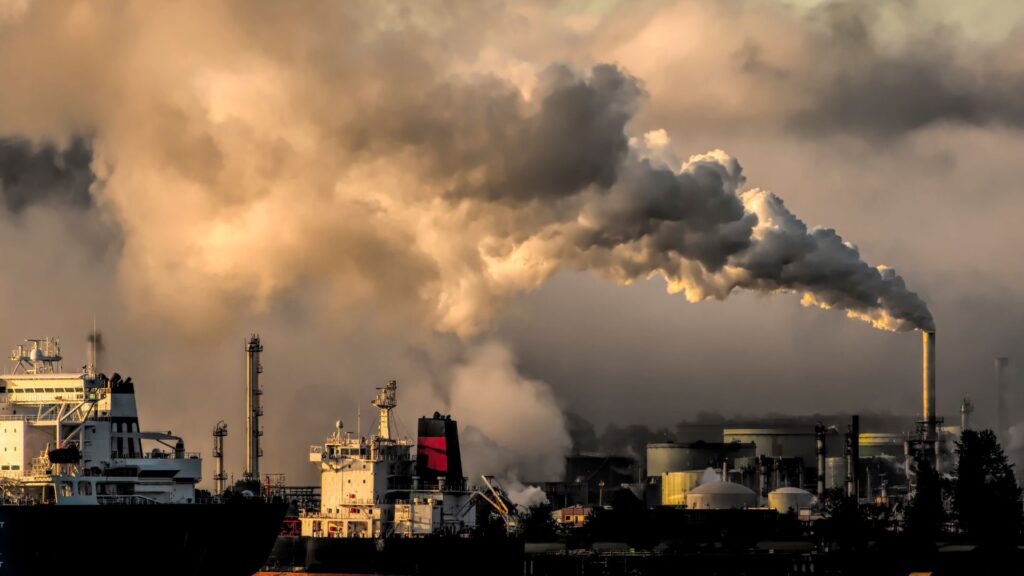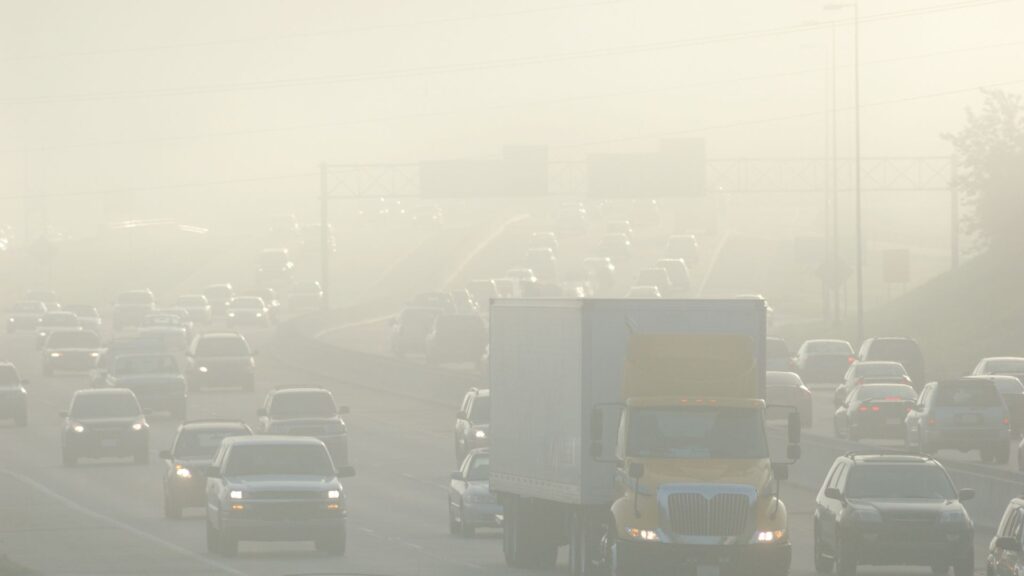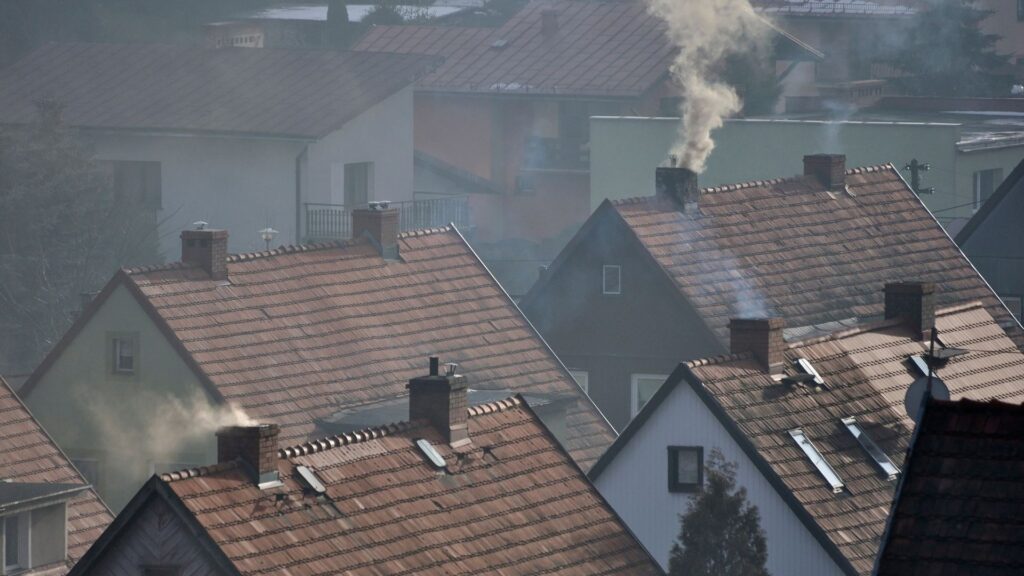What is smog and why is it dangerous?
Smog is air pollution, which has become a serious problem in recent years - both in Poland and around the world. While only a few decades ago it was a problem for large conurbations, today it also threatens smaller towns and cities.
Smog is air pollution, which has become a serious problem in recent years - both in Poland and around the world. While only a few decades ago it was a problem for large conurbations, today it also threatens smaller towns and cities.
Smog poses a serious threat to human health, as well as undermining the environment and contributing to climate change.

What is smog?
Smog is an atmospheric phenomenon that results from a combination of exhaust fumes and smoke and fog. Its name comes from the English words 'smoke' and 'fog'. Smog takes the form of a characteristic dense, grey fog or cloud, hovering over a city.
Polluted air contains a number of hazardous chemicals such as nitrogen oxides, carbon monoxide, particulate matter (PM10, PM2.5), sulphur dioxide and volatile organic compounds.
Smog is mainly caused by human activity - the burning of solid fuels (coal, wood, rubbish) in domestic cookers, car emissions and industrial pollution.

Types of smog
There are two basic types of smog:
- London smog - occurs mainly in winter, with low temperatures and windless weather. It is formed from a combination of sulphur dioxide, nitrogen oxides, soot and dust. It is the most common type of smog in Poland, especially during the heating season.
- Photochemical smog (a.k.a. Los Angeles smog) - is formed in summer under the influence of solar radiation, which causes chemical reactions to take place in the atmosphere. It is most common in cities with warm climates - such as Los Angeles, Mexico City or Rome. However, it can also appear in Polish cities, especially in those with heavy traffic.
Health effects of smog
Any exposure to smog can endanger our health. Its most dangerous component is the fine particulate matter PM2.5, which penetrates the lungs. According to the World Health Organisation (WHO), exposure to and inhalation of PM2.5 increases the risk of:
- respiratory diseases (e.g. asthma)
- cardiovascular diseases,
- allergies and mucosal irritation,
- cancer.

Environmental impact of smog
Smog harms not only humans, but also entire ecosystems. Air pollution reduces access to sunlight and carbon dioxide, which are essential components of photosynthesis. This results in slower plant growth and reduced oxygen production.
The ozone and nitrogen oxides present in smog can damage trees and their leaves, which weakens their resistance to disease and pests. Smog can also lead to a decrease in agricultural yields.
Disruption of photosynthesis also affects the uptake of less carbon dioxide from the atmosphere, which contributes to exacerbating the greenhouse effect.
Air quality monitoring
Air quality monitoring is one of the key tools used in the fight against smog. In Poland, tracking atmospheric pollution levels is possible thanks to a network of measuring stations that record the concentration of harmful substances.
This data is available to all and can be checked:
- on the website of the Chief Inspectorate for Environmental Protection (GIOŚ) - Homepage - GIOŚ;
- by means of mobile applications, such as Airly, Kanarek or Smog Polska.
With such monitoring, residents can make informed decisions - for example, limiting outdoor activity on days with high smog concentrations or wearing a protective mask.
The monitors also contribute to the planning of anti-smog measures, enable rapid response by the relevant services in the event of exceedances of standards and support the implementation of local environmental solutions.

How can we counter smog?
The fight against smog requires multi-level action and the involvement of both individuals and public institutions. Above all, it is important to educate the public and promote environmental awareness - this will make it possible to make changes to everyday habits.
In order to reduce the emission of harmful substances into the atmosphere, it is worth taking specific measures:
- Replacement of coal cookers with environmentally friendly heating sources,
- Use of public transport, bicycle, electric scooter,
- Tree planting and urban greenery conservation,
- Thermo-modernisation of buildings to reduce energy consumption,
- Installation of domestic air purifiers
- Choosing energy-efficient appliances and using renewable energy sources (e.g. photovoltaic panels)



